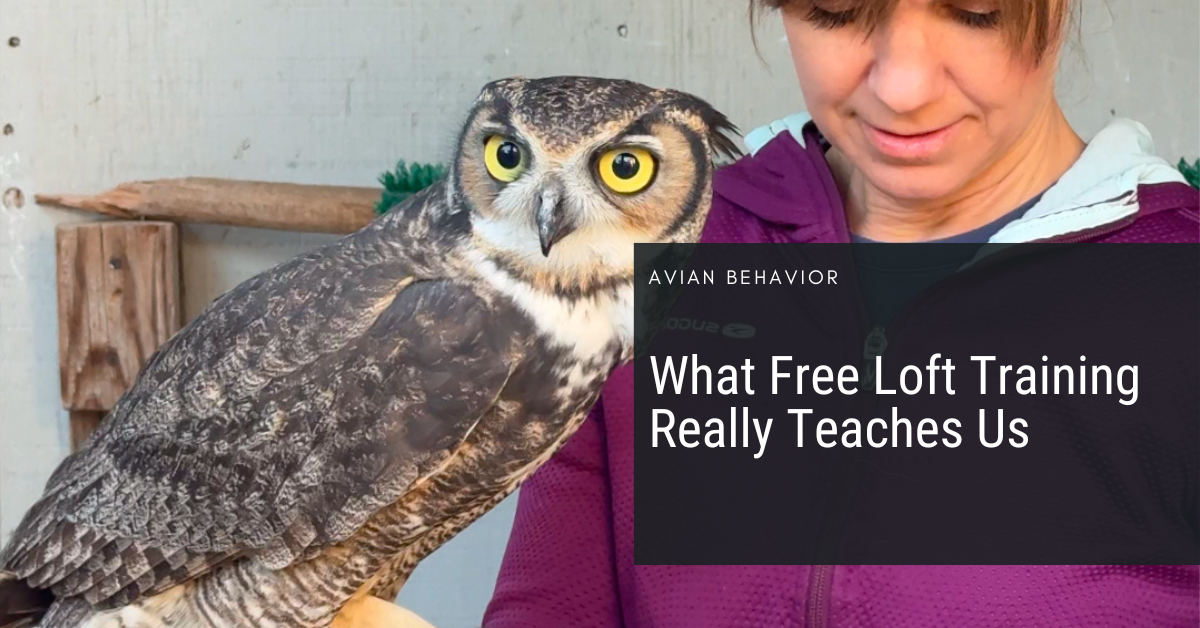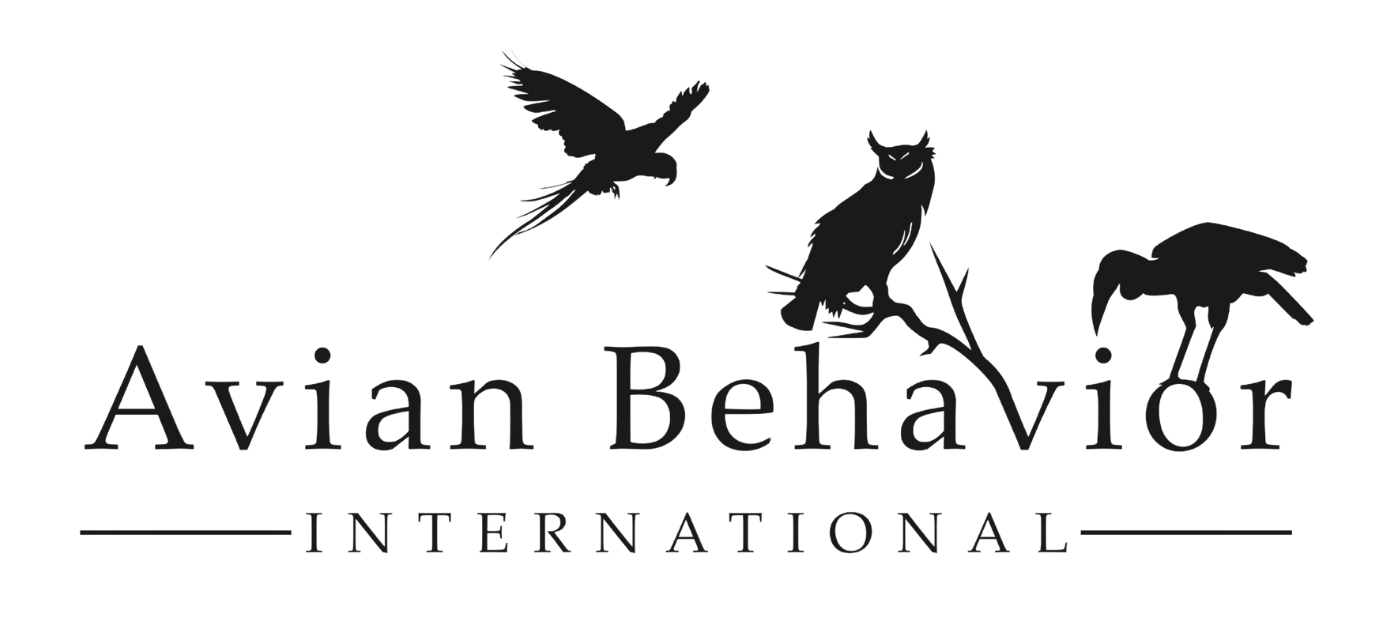
01 Aug What Free Loft Training Really Teaches Us
In the Avian Behavior Lab, we talk a lot about trust. Not the fluffy, motivational kind — the kind you build, step by step, when a bird that once hissed at your presence eventually chooses to lean toward your glove.
This free loft training series focuses on a Great Horned Owl who came to us with an unknown history and a whole lot of avoidance behavior. He was confiscated, likely imprinted, and placed in a release aviary where he made it very clear: that life wasn’t for him. So we started over.
But we didn’t start by asking him to do something. We started by watching what he was already doing.
Step One: Observe the Dance
The owl had two favorite perches: one out in the weathering area where he could see the sky, and a shelf where he liked to tuck himself out of sight. That choice alone was information. It told us where he felt safe, how much distance he preferred, and how we’d begin.
When one of our less experienced trainers entered the space, she didn’t start by cueing anything. She placed a piece of food — something highly valuable — on the shelf, then backed away.
That backing away? That was the reinforcement.
Because the moment the owl looked toward her — calmly, interested — she increased his comfort by adding space. That’s what negative reinforcement looks like when it’s done thoughtfully. It’s not pressure, it’s release. It’s a dance. A two-way conversation about what the bird is ready for.
Step Two: Small Approximations Than You Think
If the owl wasn’t looking, we paused. If he was tracking us with his eyes, we continued. That visual check-in — that orientation toward the trainer — became the “start button” the cue for the next move.
He didn’t fly right away. Sometimes he’d shift, then freeze. Sometimes he’d look away mid-session. Sometimes we got “concrete feet,” where he locked in and wouldn’t budge no matter what we offered. Those moments weren’t failures. They were communication.
We honored them.
Rather than pushing through, we adjusted our criteria. We reinforced even the tiniest shifts — the lean forward, the head turn, the look. If he oriented again, we moved again. If he turned away, we paused. The sessions stayed short, structured, and sensitive to how hot the day was or how visible the food needed to be.
Step Three: Trainers Build Skills Too
We often get asked how to train birds that “don’t like” certain handlers. But it’s not about who the bird likes. It’s about who’s been trained to pay attention.
In this case, the owl had one strong primary trainer, and secondary trainers who had only ever “thrown and gone.” So this course shows what it looks like to bring a less experienced trainer into the mix — not to replicate what the primary does, but to build different skills and fluency. The owl was capable of multiple relationships. It was our job to shape them.
And that means paying attention not just to the bird’s behavior, but the trainer’s body mechanics. Was the food visible? Was the glove too high? Did the timing of retreat match the bird’s moment of engagement? These questions matter just as much as the cue or the reinforcer.
Step Four: Trust is Built in the Transitions
By the second week, the same trainer who had been tiptoeing near the door was now calling the owl to a new perch. He flew with calm confidence, landed with purpose, and ate while relaxed on the glove.
We didn’t change his weight. We didn’t flood him with repetitions. We let the food, timing, and distance do the work — all shaped by his feedback in real time.
Later, we introduced step up training. Not every session was a win. Some days he took the bait and froze. Other times he stepped partway, then bailed. But each interaction gave us more data, more language, more understanding of where to go next.
What Happens When You Train Like This?
This owl didn’t just step up. He chose to. He met the trainer halfway — not out of submission, but fluency.
That’s the power of shaping through trust.
It’s not always linear. It’s not always pretty.
But when we listen to the animal’s feedback, behavior change becomes lasting, predictable, and free of coercion.
Want to see the full training progression in action?
If you’re ready to go deeper, all our advanced raptor training courses — plus a community of experienced trainers — are waiting inside the Avian Behavior Lab. You’ll find the full Free Loft course, plus step-up protocols, glove work, behavioral fluency strategies, and more. Join the Lab FREE for 2 weeks – use the code AVIAN.
Because when you train with clarity and choice, everything changes.
This course is included in your Avian Behavior Lab membership — and it’s the foundation for everything we build on together. To be a part of it, join the Lab FREE for 2 weeks. You’ll get access to hundreds of hours of deep dive bird training content and the #1 bird training community online.

